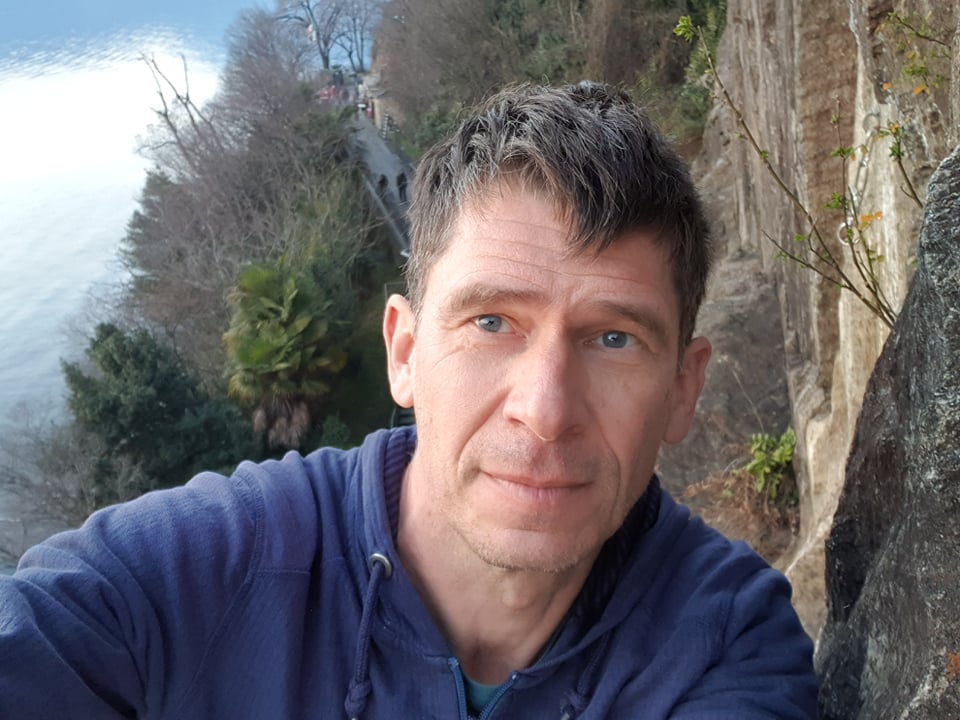Dr. Christian Klug

Christian Klug was born in 1969 in Nuremberg, Germany. Already as a boy, he was fascinated by nature. He collected carnivorous plants, cacti, minerals, strange rocks and, of course, fossils. At the age of 15, he discovered the holotype of the oldest brachyuran decapod in the Early Jurassic of Franconia. He donated it to the Munich collection and it was name after him. He attended high school in Schwäbisch Hall, which is situated in a region with many outcrops of Triassic sediments. There, he collected remains of many fossil groups, which later became important for his academic career.
These fossils were remains of cephalopod, marine reptiles and chondrichthyans. As a researcher, he started working on cephalopods, while as a curator, he is in charge of a huge collection of Triassic marine reptiles and in the past ten years, he actively researches early vertebrates from the Moroccan Devonian. After his school and civil service, he inscribed in geology and palaeontology at the famous geological and palaeontological institute at the University of Tübingen. There, he was impressed by personalities such as the chondrichthyan expert Prof. Wolf-Ernst Reif, vertebrate palaeontologist Prof. Frank Westphal and the Crafoord-prize winner Prof. Adolf Seilacher. A one year student exchange at the Northern Arizona University exposed him to a fundamentally different academic environment, where the relationships between academic teachers and students were on average much friendlier (this has improved in Germany meanwhile). In 1998, he completed his studies at Tübingen with a master thesis on Devonian ammonoids and biostratigraphy in the Moroccan Anti-Atlas. He continued to carry out research on the same topic under the supervision of Prof. Jobst Wendt and with intense mentoring by Dr. habil. Dieter Korn (now Berlin). He defended his PhD in December 2001. After a short phase of unemployment, he was hired for a part-time internship at the state museum of natural history in Stuttgart. This was a fruitful phase, where he laid the foundations for many articles on Mesozoic cephalopods. Then he was hired as a research assistant at the Palaeontological Institute and Museum of the University of Zurich in 2003. He habilitated in 2008 and received a professor-title in 2016. Since 2014, he is curator of the Palaeontological Museum. Also since 2014, he receives funding from the Swiss National Science Foundation to study early vertebrates from the Devonian of Morocco.
